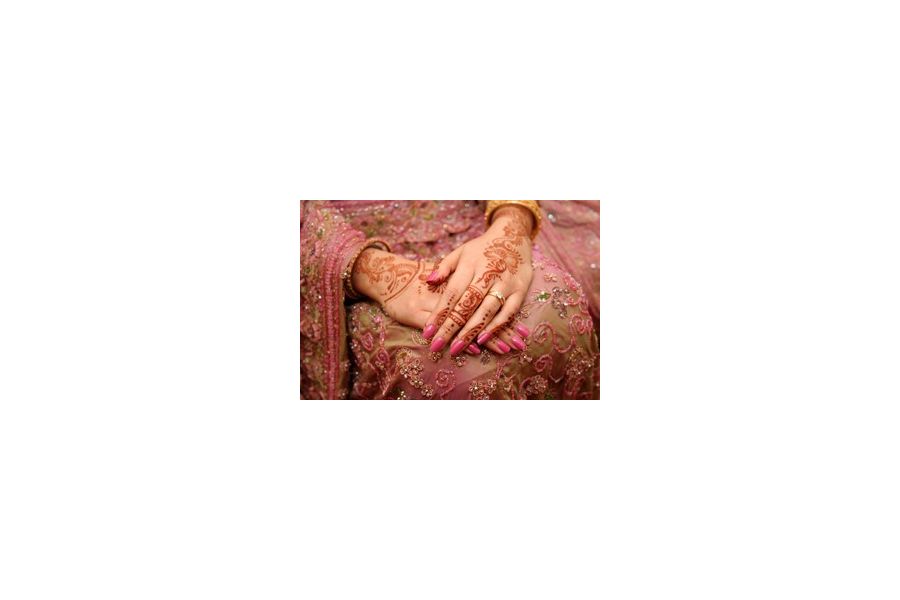Wedding traditions from around the world

Mixing modern and traditional elements in the wedding celebration has become commonplace in the U.S., but it’s also gaining ground in other countries, especially those influenced by Western style, which can cause conflict between old and new ways.
“It’s exactly the same problem as combining two different cultures because, really, the past the present are, in some important ways, two different groups,” says Wendy Leeds-Hurwitz says, a professor emerita at University of Wisconsin- Parkside and author of “Wedding as text: Communicating Cultural Identities Through Ritual” (Routledge, 2002).
Here, a look at some old and modern traditions in different countries.
Nigeria: 2 Ceremonies
In Nigeria, the wedding industry is booming, perhaps because there are now two ceremonies, a traditional ceremony and a second “white wedding.” In the traditional ceremony, the bride wears an Aso oke, a traditional outfit made of beautiful handwoven fabric. At the white wedding ceremony, the bride wears a Western-style white dress, and most everyone else wears formal clothes. The wedding party, however, wears aso-ebi garments of the same color.
China: 3 Dresses
Chinese brides also incorporate traditional clothing and Western-style clothing. First, she will wear a qipao, a traditional dress, usually red. Her second dress will be a white Western-style gown and lastly, during the reception, she will wear a fancy ball gown.
“I’ve got a story in my book about a woman who’s wearing five different dresses,” says Leeds-Hurwitz. “The tradition was that you had to demonstrate the father’s wealth and every one of them was excessive.”
Spain: Las Arras de Boda
A long held tradition in Spain is for the man to give his future bride 13 coins or “las arras,” which means “pledge.” “The coins is symbolic of a man being able to support his wife,” says George P. Monger author of “Marriage Customs of the World: From Henna to Honeymoons” (ABC LCIO, 2004). This tradition also can be found in the Philippines, Mexico and other Hispanic countries, but Monger adds that the tradition spread because Spanish conquest and changed slightly in each country.
The Netherlands: The Wish Tree
During a Dutch wedding, the guests receive strips of paper to write well wishes for the bride and groom. The wishes are then hung on a beautifully ornate tree that the bride and groom will take home and read in their leisure. “It originates in Holland, though we don’t know what it is derived from. It could have evolved from an older custom,” Monger says.
Germany: Smashing Success
The night before a wedding in Germany, the guest bring china — only china, any other dish would be bad luck —to the reception hall for the bride and groom to smash to pieces. After every dish is sufficiently destroyed, the bride and groom sweep up the broken pieces, signifying how they will work together to bring prosperity to their household. “The number of pieces represent the number of happy years,” Monger says, then laughs, “It seems like a waste of crockery.”
India: Mehndi
In India, the night before the wedding, called Mehndi, the brides’ mother, sisters and female cousins would cover her hands and feet in ornate henna drawings.
“It’s to bring good luck, happiness and cleansing,” Monger says. “It indicates that the woman is a bride, kind of like the bridal dress.” After the wedding, the bride does not work until the henna has faded away.
Sometimes, the bride would cheat by filling in the faded lines to prolong their rest and relaxation. This tradition is also widespread in Arab countries, mostly where there is Muslim influence.